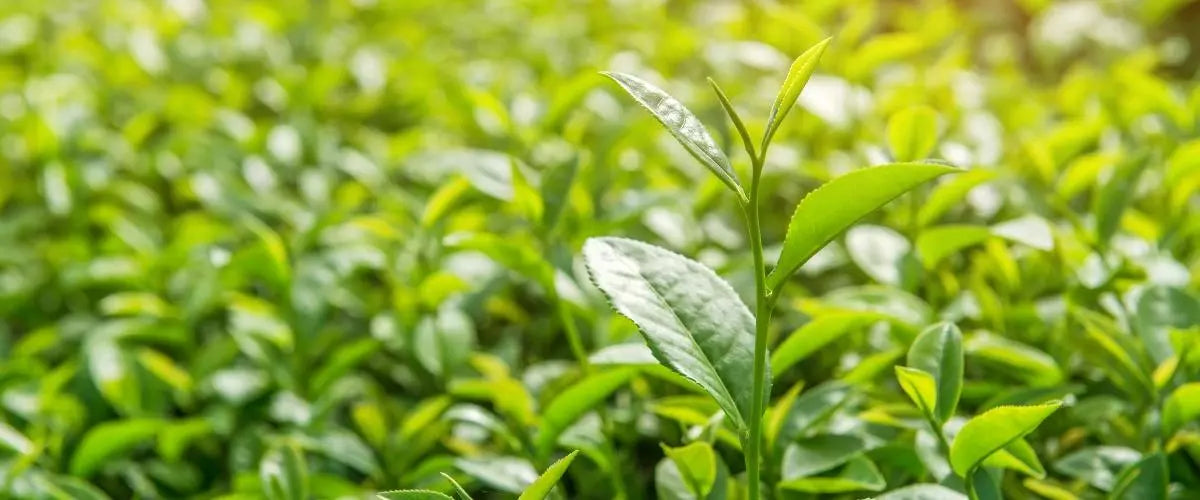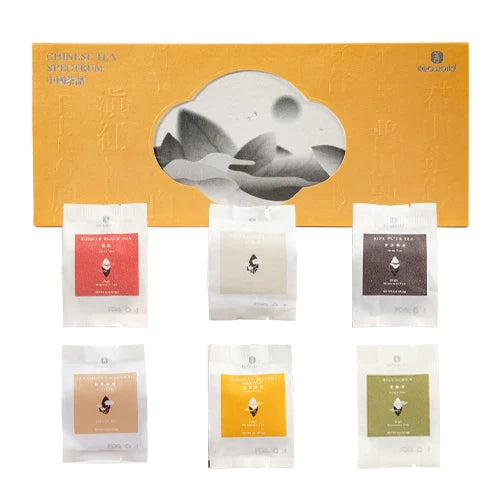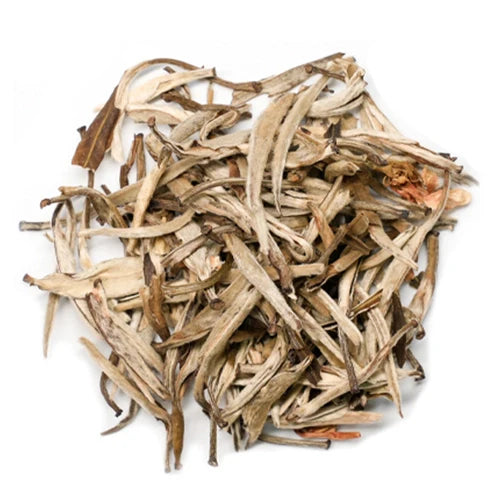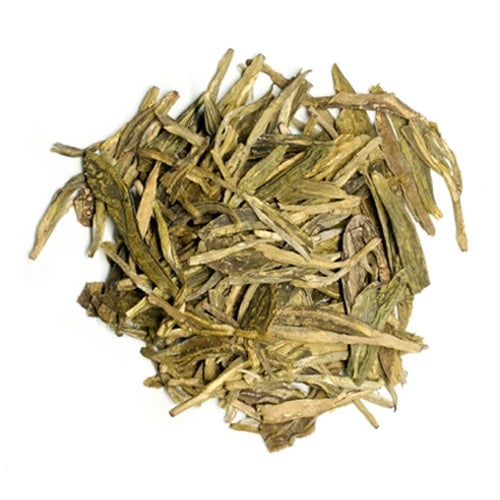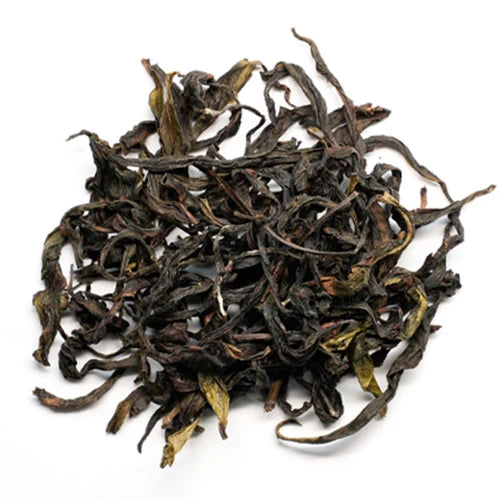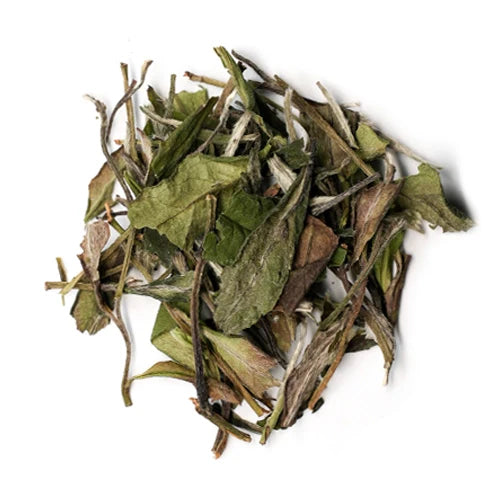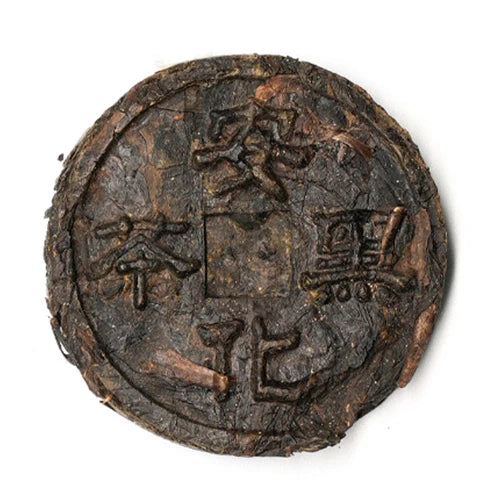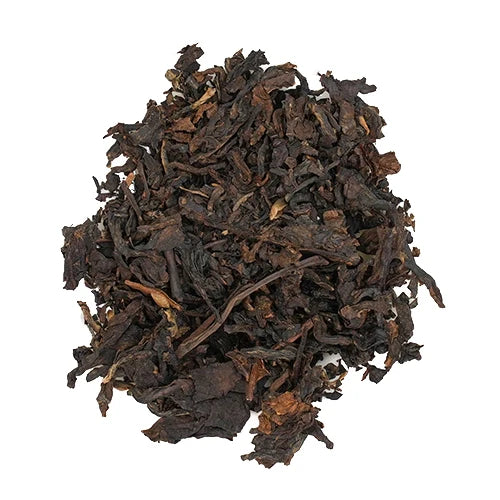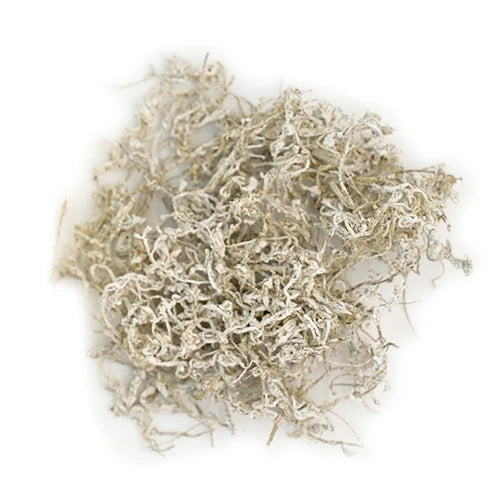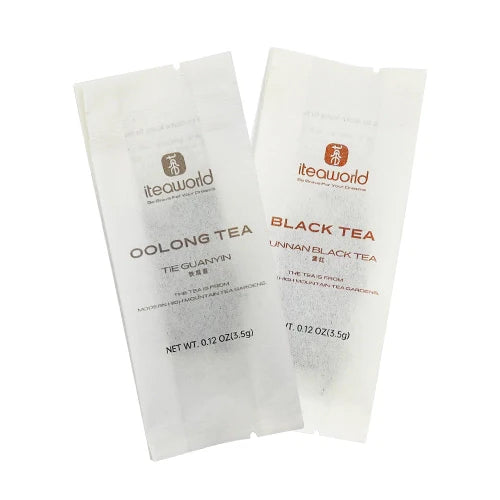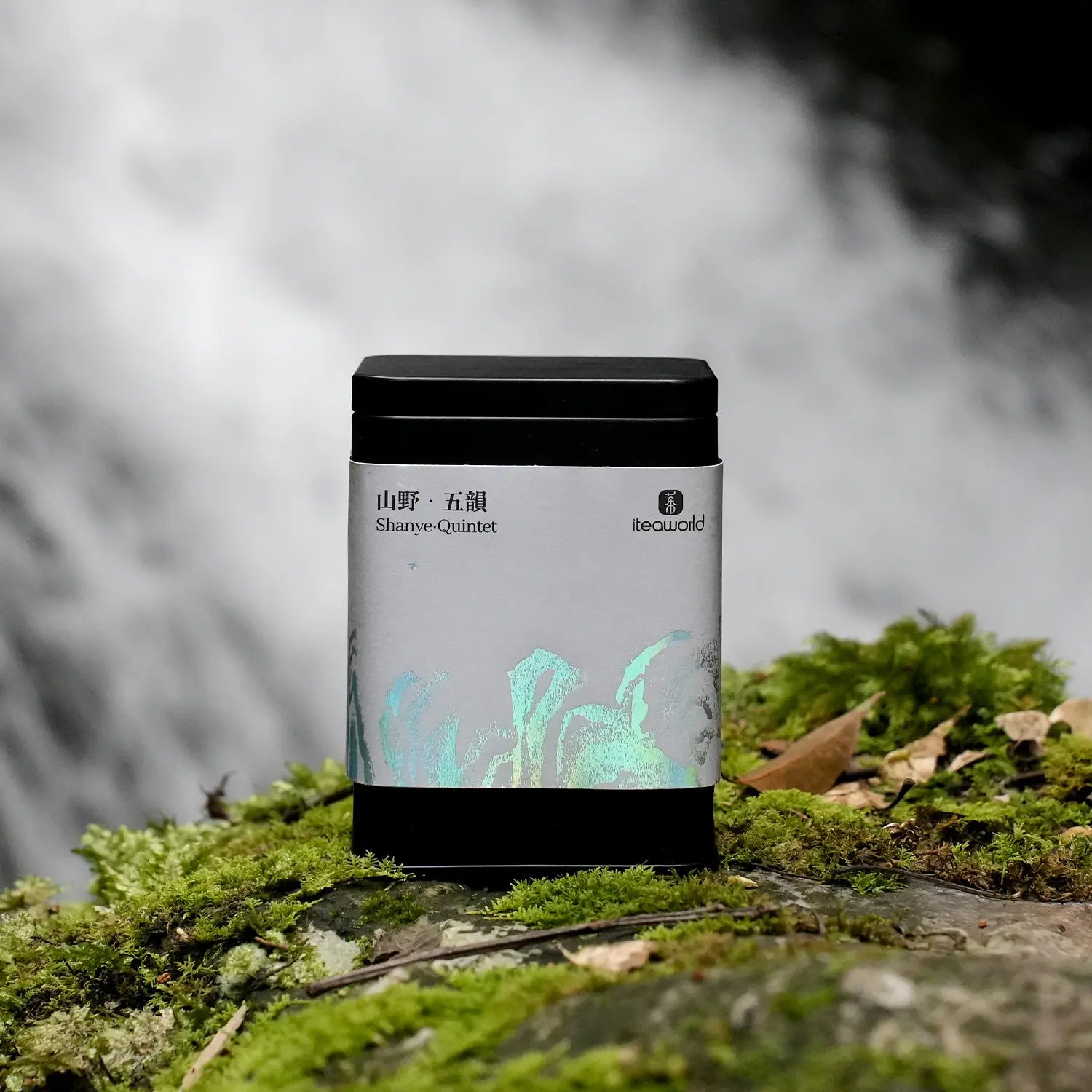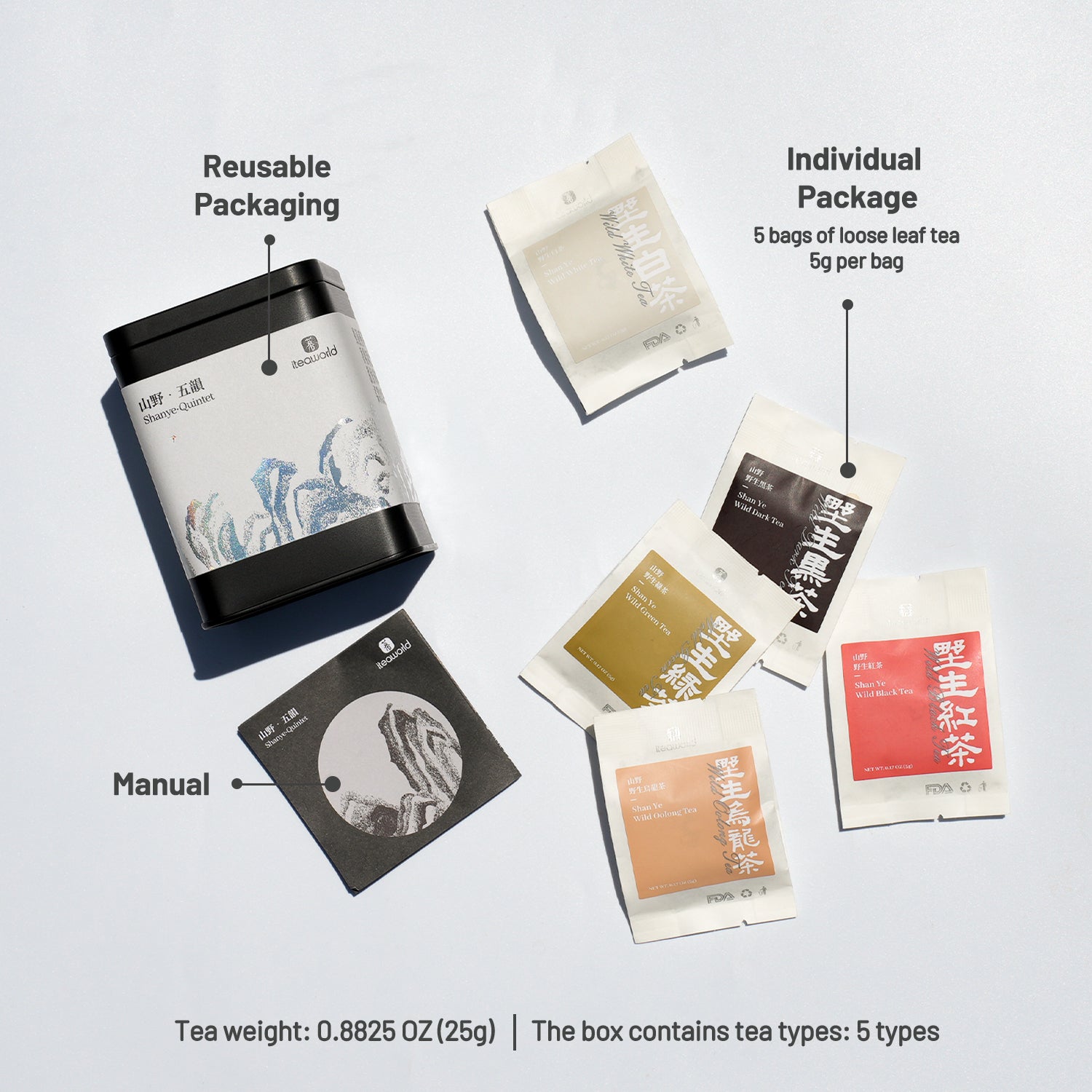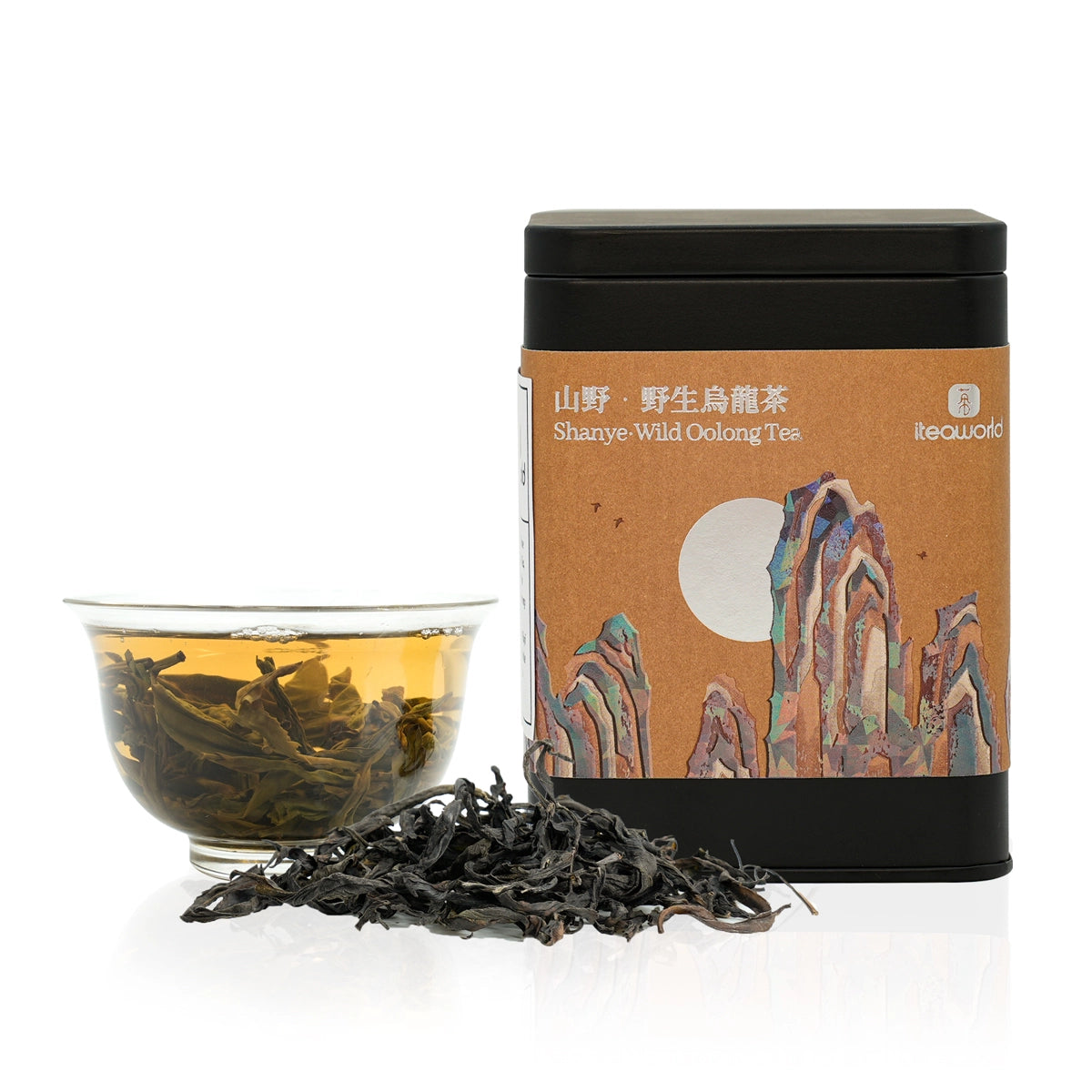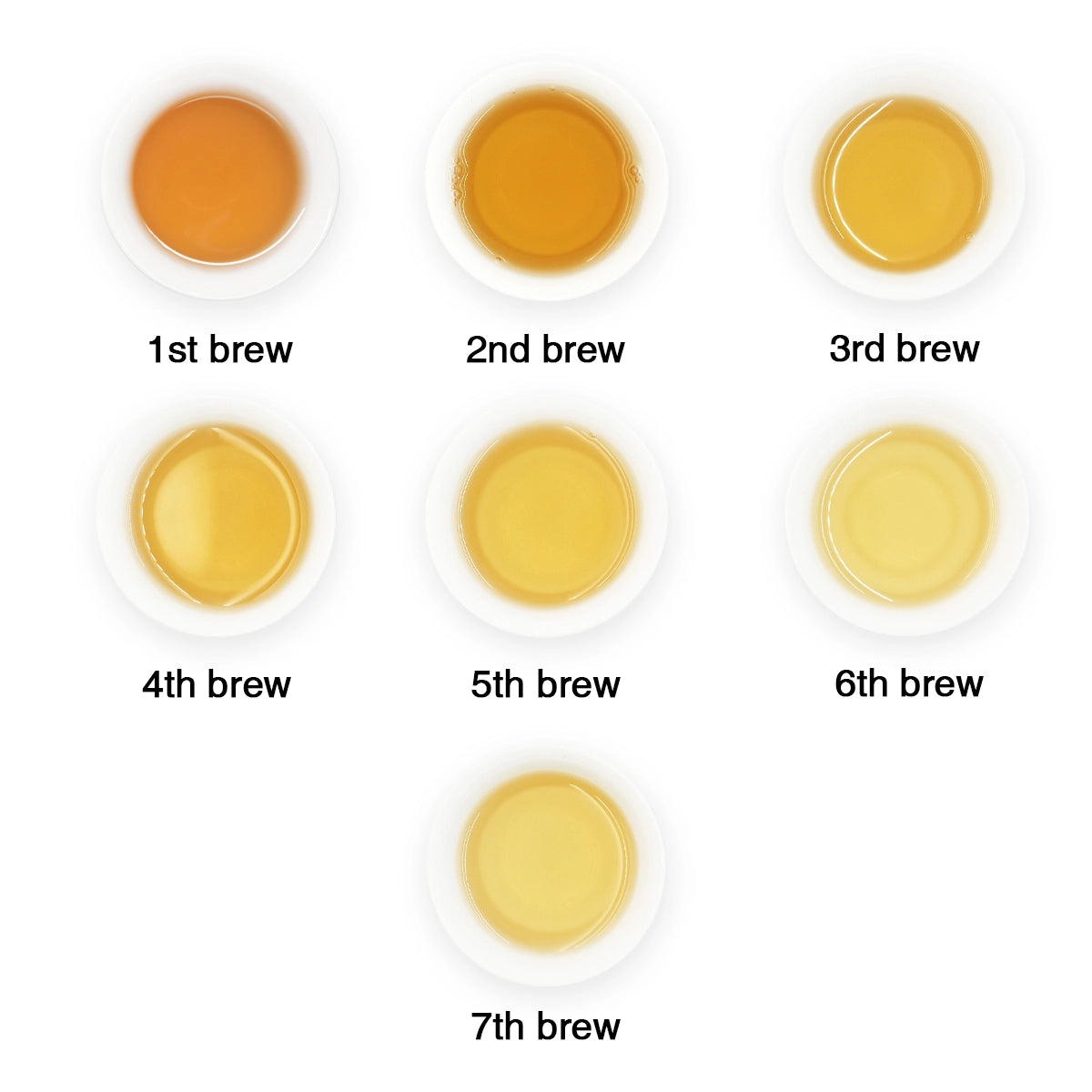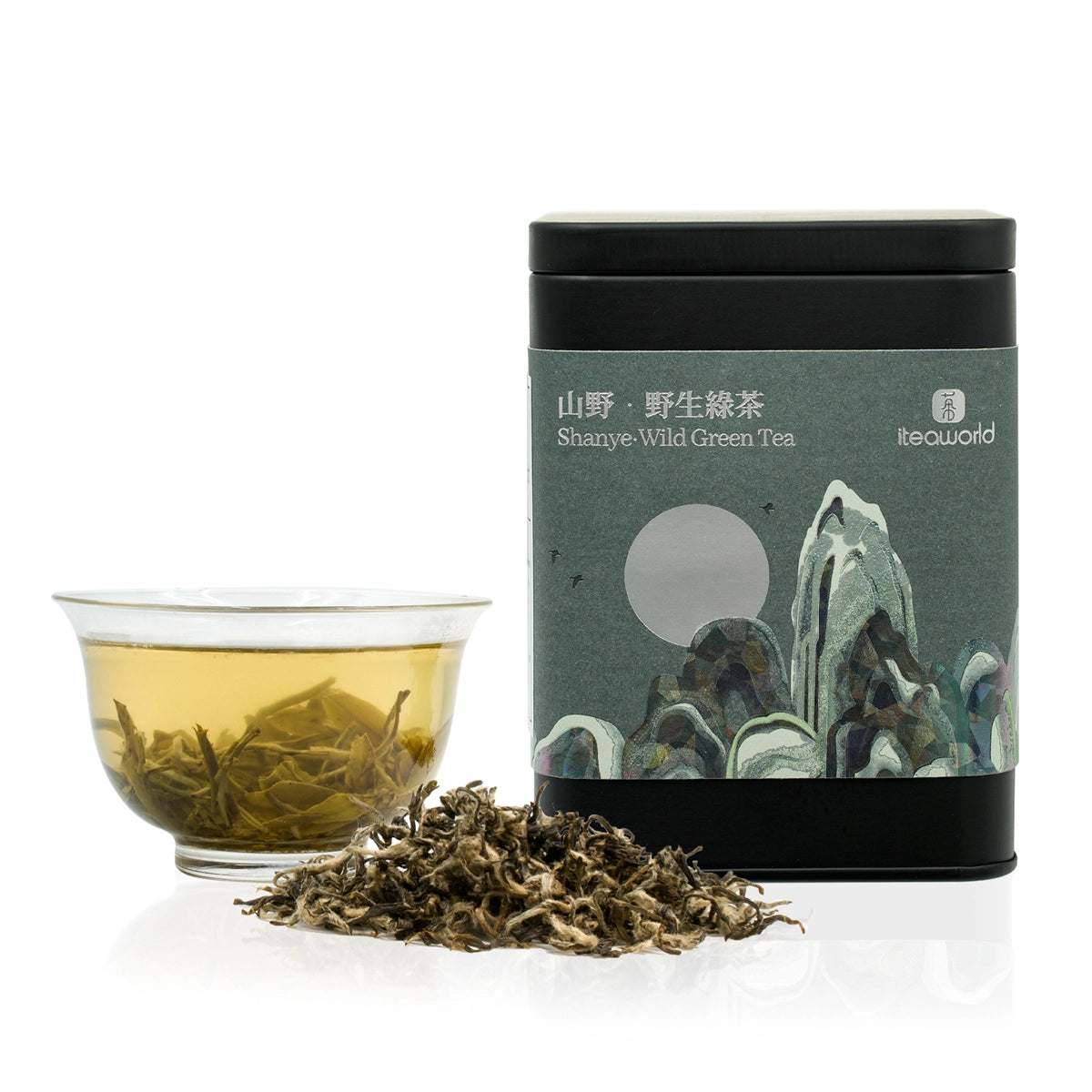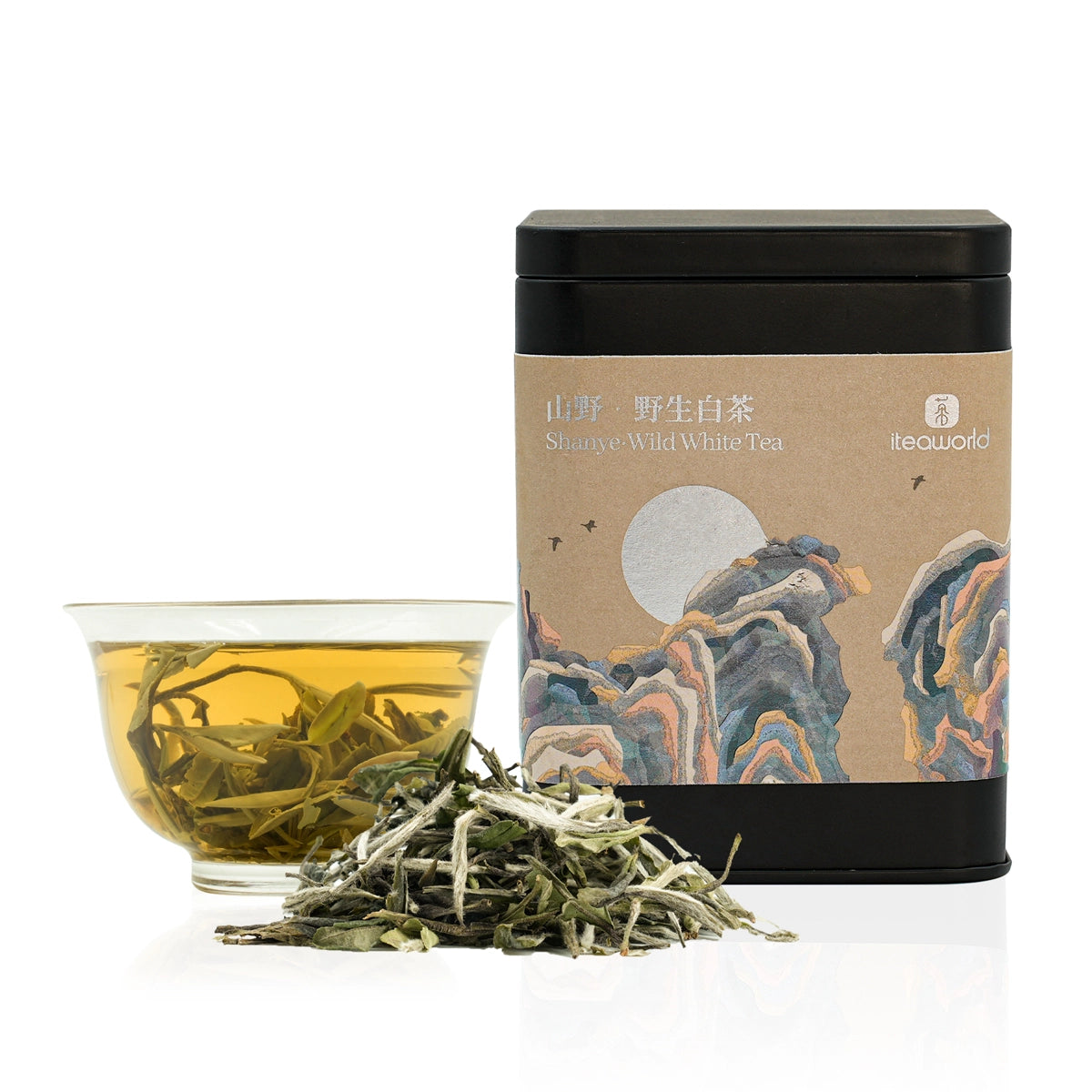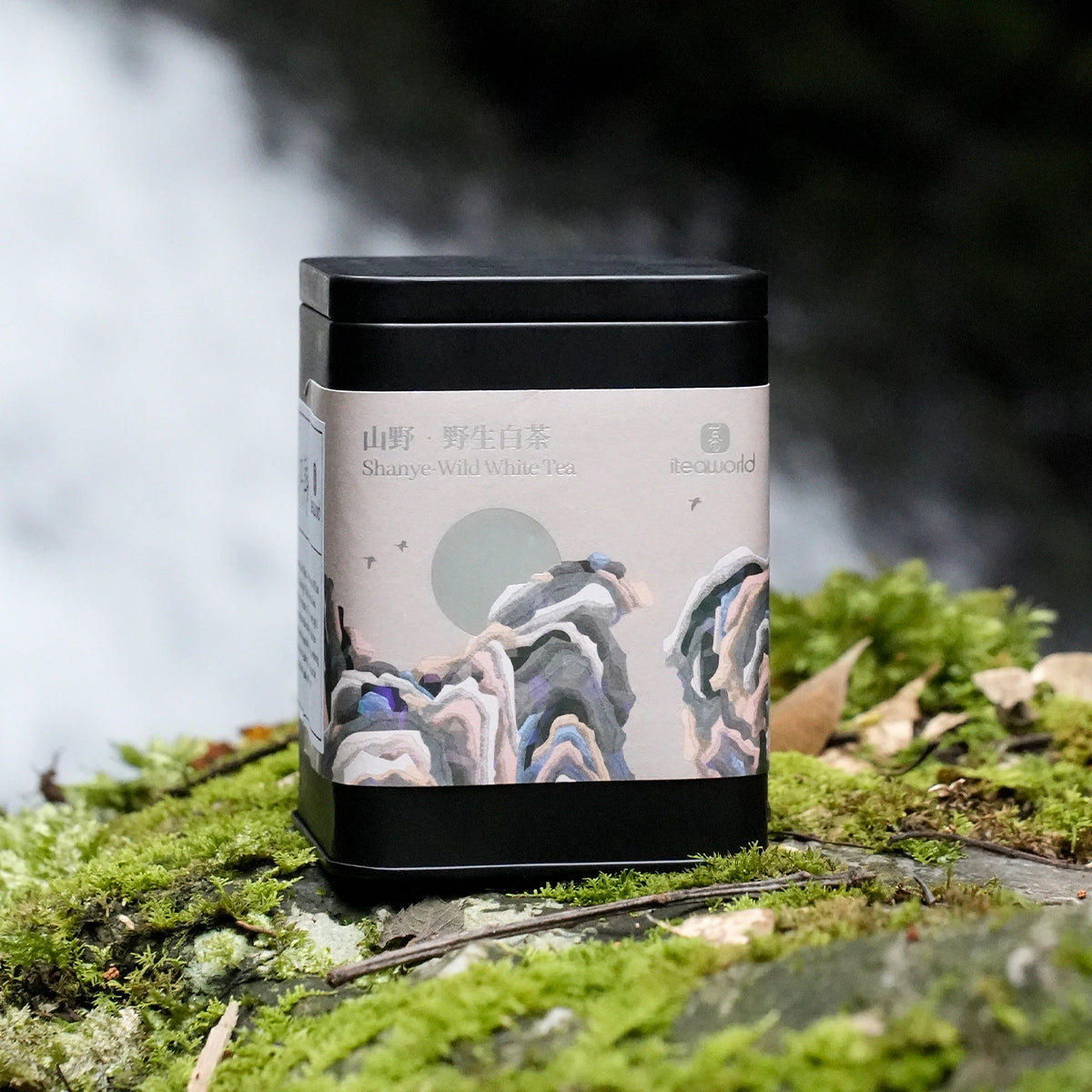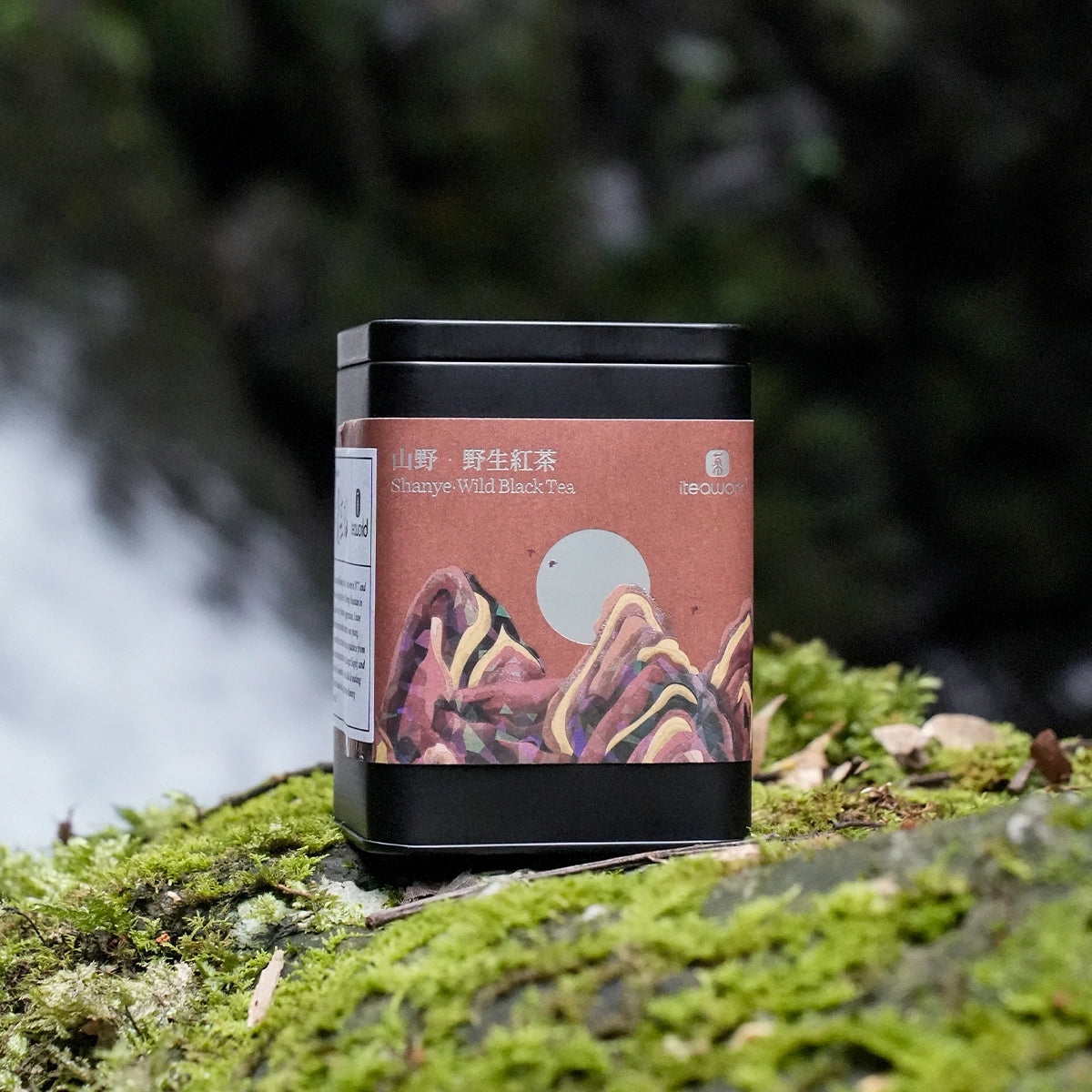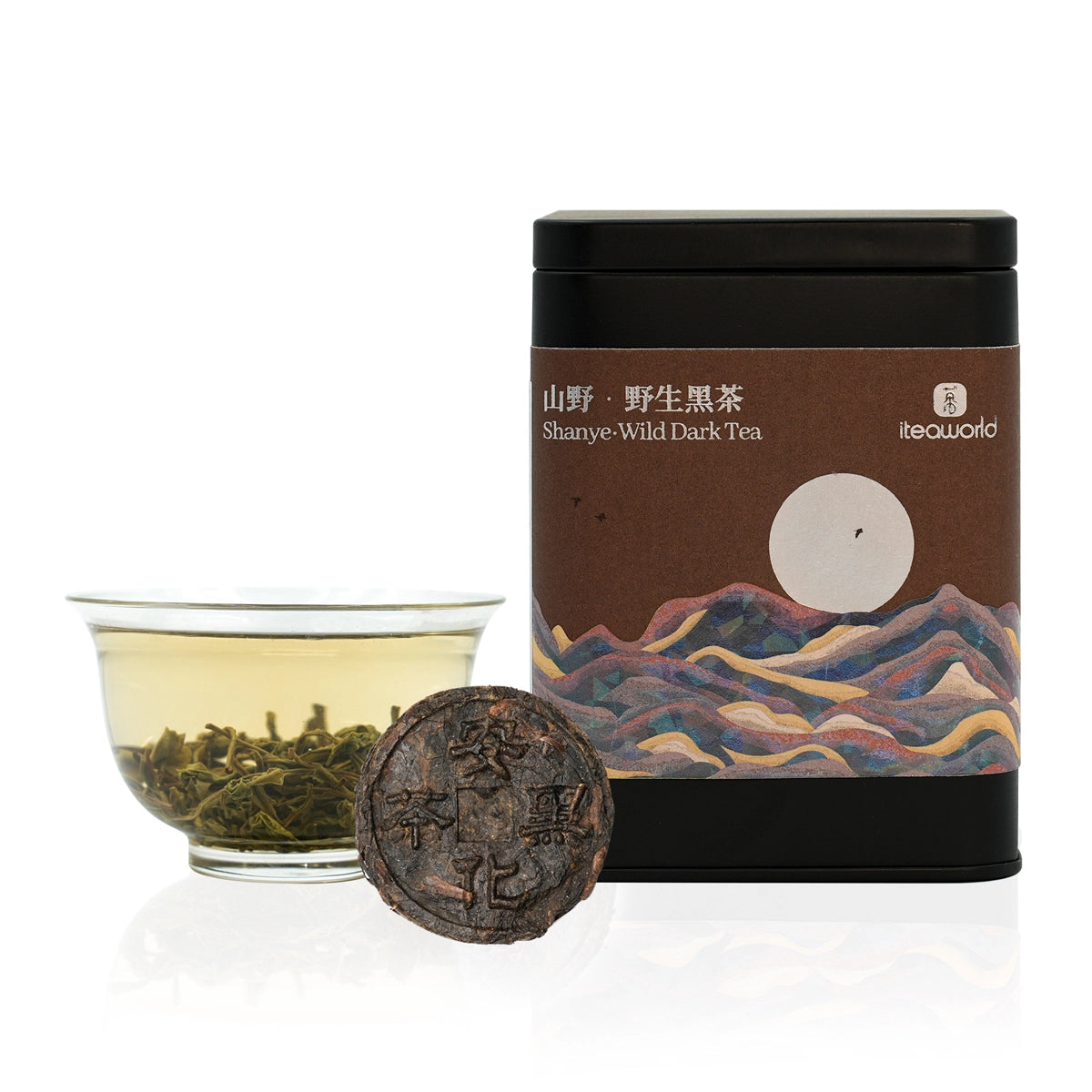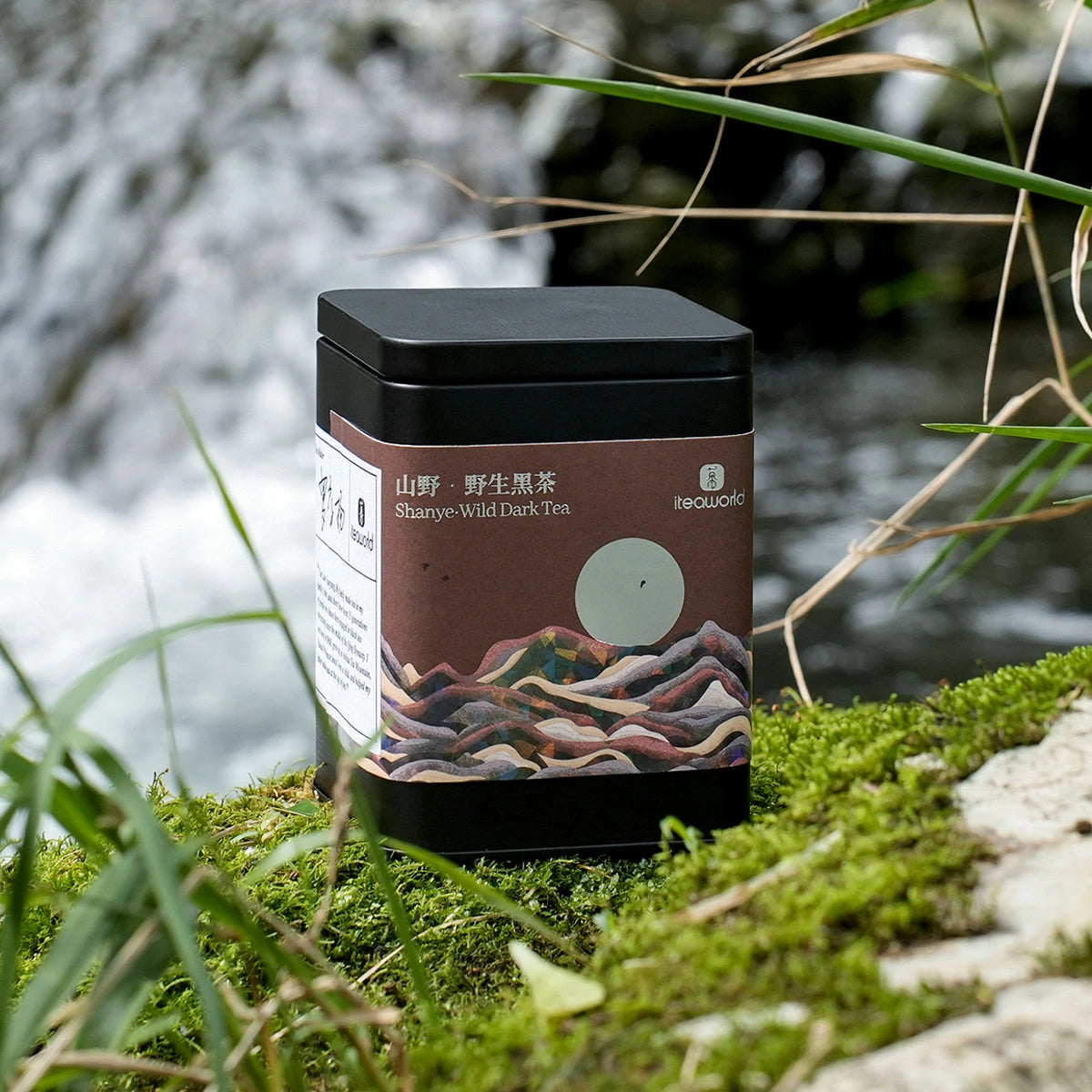Сортировать по:
6 продуктов
6 продуктов
Дикий улун , произведенный в деревне Ли Цзян, уезд Луншэн , Гуйлинь, Гуанси . Окруженный горами со всех сторон, регион может похвастаться богатой органической почвой , сильным солнечным светом и частыми осадками на высоте около 1000 метров . Выращенный в нетронутой экологической среде с обильной растительностью, этот дикий улун культивируется без химических удобрений и пестицидов , что приводит к ограниченному урожаю — только один весенний урожай в год . Обработанный с использованием технологий чая из скалы Уи , он предлагает богатый цветочно-фруктовый аромат с душистым настоем и взрывом цветочно-фруктовых нот при дегустации. Настой ярко-оранжево-красный с явными золотистыми кольцами .
Дикий зеленый чай, произведенный в городе Кайшань, городе Хэчжоу, Гуанси. Чайная зона расположена на высоте около 1000 метров, окружена горами с трех сторон, с туманом, окутывающим область круглый год. Выращенный в нетронутой экологической среде с обильной растительностью, этот дикий зеленый чай выращивается без использования химических удобрений и пестицидов, что приводит к ограниченному урожаю с только одним весенним урожаем в год. Обработанный с использованием методов жареного зеленого чая, он предлагает богатый и освежающий вкус, изначально слегка горьковатый, но быстро становящийся сладким, с душистым и насыщенным ароматом. Вкус сложный и многослойный, с уникальным яблочным ароматом и стойким послевкусием. Даже после нескольких завариваний аромат остается свежим и приятным. Настой прозрачный и яркий, с желто-зеленым оттенком, визуально привлекательный.
Дикий красный чай, произведенный в районе Даминшань уезда Шанлинь, Наньнин, Гуанси. Чайные сады в основном расположены на высоте 900 метров. Дикий красный чай растет в нетронутой экологической среде с обильной растительностью. Из-за отсутствия химических удобрений и пестицидов его урожайность ограничена, и только один весенний урожай чая в год. Он обрабатывается с использованием традиционного процесса чая Лапсанг Сушонг (без копчения). Он может похвастаться богатым и уникальным цветочным ароматом, сладким и освежающим вкусом, ярким оранжево-желтым настоем и очевидными золотыми кольцами.
Дикий черный чай производится в уезде Аньхуа, городе Иян, провинции Хунань, на родине черного чая Аньхуа. Чайные сады в основном расположены в горных районах на высоте 1000 метров. Выращенный в нетронутой экологической среде с обильной растительностью, этот дикий черный чай выращивается без использования химических удобрений и пестицидов, что приводит к ограниченному урожаю — только один весенний урожай в год. Обработанный с использованием техники чая Qiujiang Bopian, он предлагает чистый и стойкий аромат соснового дыма. Вкус насыщенный, мягкий и сладкий, с длительным послевкусием и уникальным ароматом соснового дыма. После употребления во рту остается длительная сладость, оставляющая незабываемые впечатления. Даже после нескольких завариваний он сохраняет свой отличительный аромат.
Recently viewed products
Chat with fellow tea lovers, ask questions, and share your tea moments.
Часто задаваемые вопросы
Дикий чай относится к чайным листьям, собранным с естественно растущих чайных растений в нетронутых лесах . В отличие от обычного чая, который выращивается в управляемых садах, дикий чай известен своими богатыми, сложными вкусами и естественной чистотой , поскольку он не содержит искусственных удобрений и пестицидов.
Древний чай собирают с вековых деревьев , обычно более 100 лет , выращенных в естественных условиях . Эти старые чайные деревья производят листья с более сложными ароматами и известны своим крепким и уникальным вкусом , отражающим их возраст и среду, в которой они растут.
Да! Все наши дикие и древние чаи на 100% органические , без каких-либо пестицидов или химических добавок . Мы гарантируем, что каждая партия проверена на безопасность пестицидов , чтобы вы могли насладиться чистейшим чаем.
Дикие и древние чаи стоят дороже из-за ограниченного запаса и трудоемкого процесса сбора урожая . Листья тщательно собираются вручную из диких лесов или старых деревьев , а органическая сертификация и устойчивые методы ведения сельского хозяйства еще больше увеличивают стоимость.





